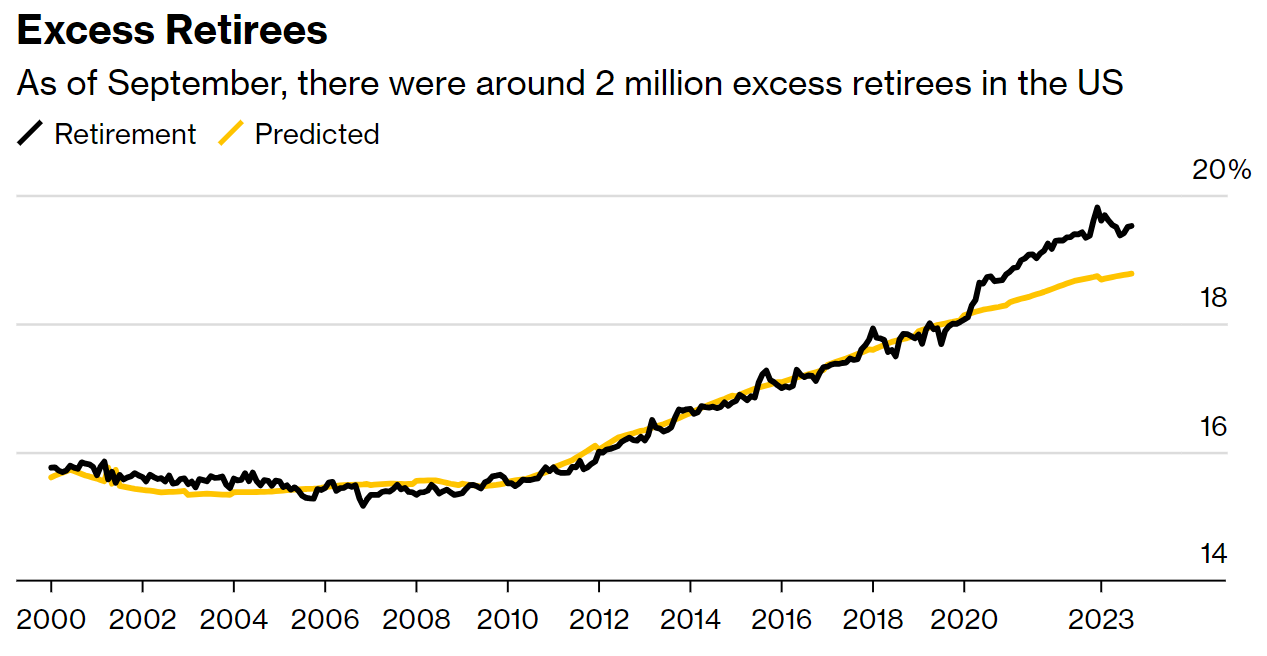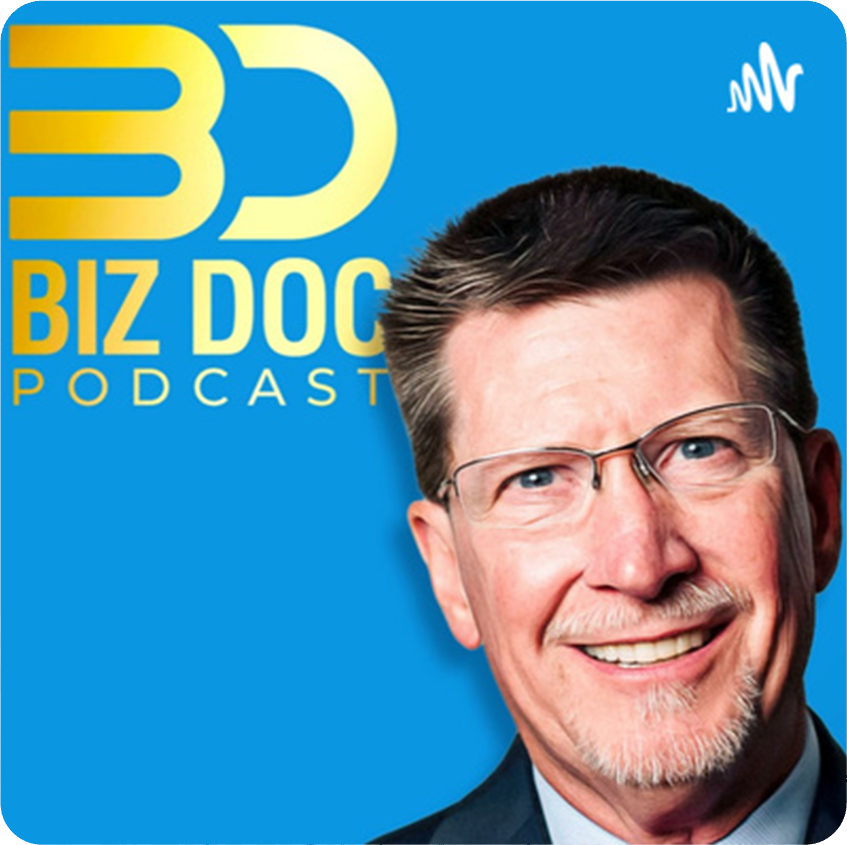Approximately two million American workers who were expected to return to the labor force after the COVID-19 pandemic have instead opted to retire, leaving companies scrambling to fill the empty positions or lure back retirees. A study from the Federal Reserve Bank of St. Louis found that workforce participation among those over 65 is steadily declining as the pandemic-era “Great Retirement” continues, defying the predictions of the nation’s economic regulators.
As of September 2023, 1.98 million excess retirees have opted to exit the job market, according to a Bloomberg report. While this total has fallen from the 2.8 million gap reported late last year, it has risen from 1.78 million in June.
Ahead of the pandemic, workforce participation among retirement-age people (65+) was steady at 21 percent. By the summer of 2021, that participation rate fell to just above 18 percent and has only climbed back to 19.3 percent in the intervening time.
“While the gap seemed to be closing earlier in the year, it seems to have widened slightly since then,” said Miguel Faria-e-Castro, economic policy adviser at the Federal Reserve Bank of St. Louis. “As of September, we estimate about 1.98 million excess retirees.”

An estimated 4.2 million workers left the workforce between March 2020 and July 2021, 2.4 million of which did so unexpectedly. Prior to this summer’s reports on labor participation, experts and regulators were anticipating a mass “un-retirement” as people returned to work in the post-COVID era. That prediction ultimately proved to be incorrect. Only 1.5 million retirees returned, leaving many companies with massive staffing shortages.
The American workforce currently has approximately 9.6 million job openings, indicating a strengthening economy. Meanwhile, 4 percent unemployment is incentivizing a tightening of the labor market, and retirees are now seen as a goldmine of experienced workers.
In an effort to draw former workers out of retirement, some employers are offering hybrid or remote work options and pledging to be more age-inclusive by partnering with the AARP.
“It makes great business sense to hire experienced workers,” said AARP employer engagement chief Heather Tinsley-Fix. “More companies are also recognizing the need to include age in their diversity, equity and inclusion efforts.”

















Add comment